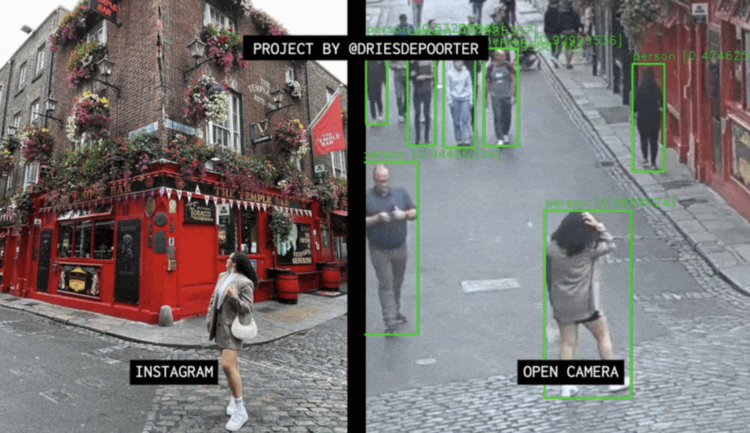In some public places, such as schools and hospitals, microphones installed with software listen for noise that sounds like aggression. The systems alert the authorities. It sounds useful, but in practice, the detection algorithms might not be ready yet. For ProPublica, Jack Gillum and Jeff Kao did some testing:
Yet ProPublica’s analysis, as well as the experiences of some U.S. schools and hospitals that have used Sound Intelligence’s aggression detector, suggest that it can be less than reliable. At the heart of the device is what the company calls a machine learning algorithm. Our research found that it tends to equate aggression with rough, strained noises in a relatively high pitch, like D’Anna’s coughing. A 1994 YouTube clip of abrasive-sounding comedian Gilbert Gottfried (“Is it hot in here or am I crazy?”) set off the detector, which analyzes sound but doesn’t take words or meaning into account. Although a Louroe spokesman said the detector doesn’t intrude on student privacy because it only captures sound patterns deemed aggressive, its microphones allow administrators to record, replay and store those snippets of conversation indefinitely.
Marvelous.
Tags: artificial intelligence, ethics, ProPublica, school, surveillance

